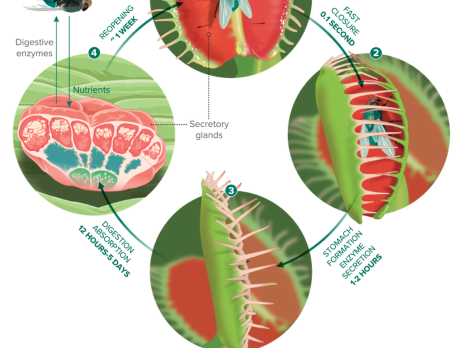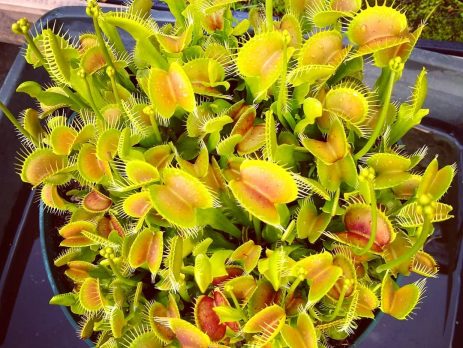What are some popular carnivorous plants that can be kept together with the Venus Flytrap?
If you are looking to keep multiple carnivorous plants together with Venus flytraps, you will need to consider their requirements for light, water, and soil. Here are some popular carnivorous plants that can be kept with Venus flytraps: Pitcher Plants - Sarracenia spp.: Pitcher plants are commonly found in the wetlands of North America. They have a deep cavity filled with digestive enzymes that trap insects. Pitcher plants require moist soil and high humidity. Sundews - Drosera spp.: Sundews have...










